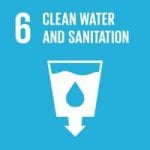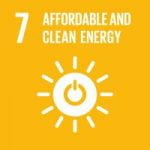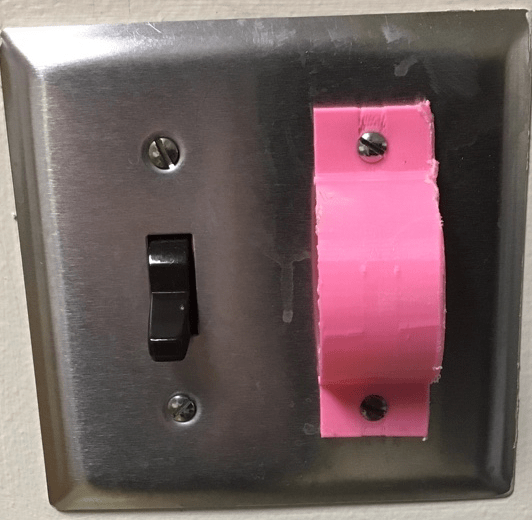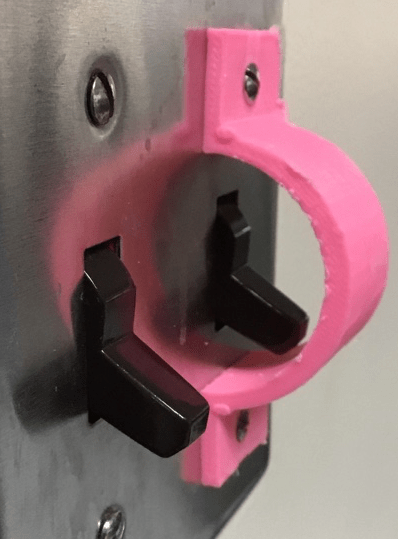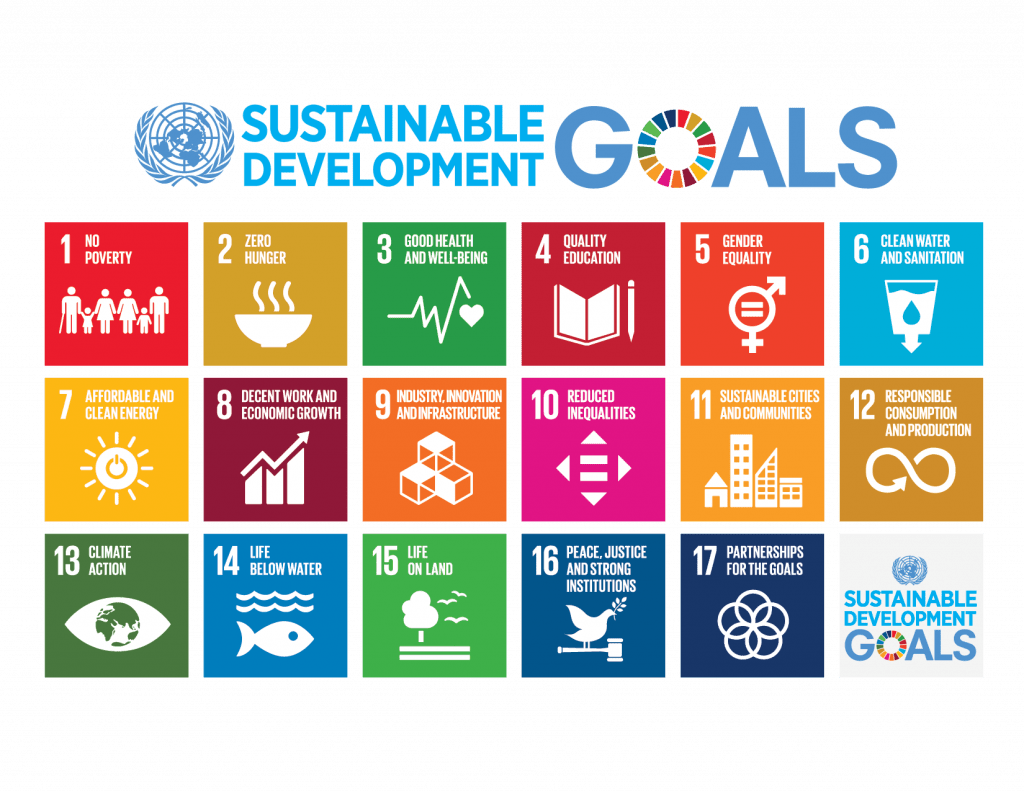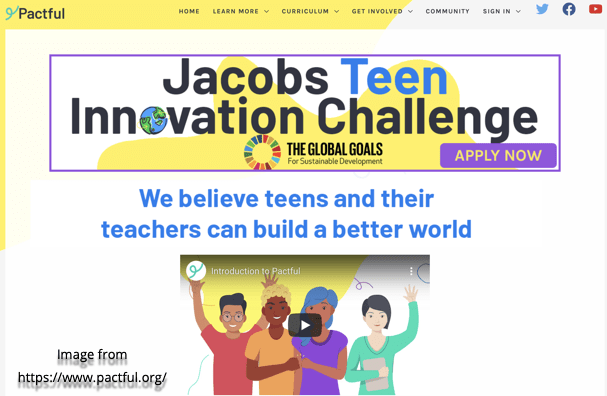
Each year the STEAM by Design students do some sort of challenge utilizing Design Thinking and the skills acquired during the year. I was looking for something this year that would allow us to connect the 17 Sustainable Development Goals (SDGs) to a challenge we could work on. I came across Pactful as I was reading more about ways to connect the SDGs. I loved the idea and concept laid out and knew I wanted to participate so I signed us up.
Pactful is a patent pending social good innovation curriculum and tool used globally by teenagers and teachers who want to build a better world. Pactful’s entirely virtual solution inspires students to actively engage in the design thinking process and develop an innovator’s mindset to create solutions aligned to the United Nations Sustainable Development Goals.
https://www.pactful.org/what-is-pactful/
STEAM by Design students decided what SDG they wanted to work and I formed teams based on their choices. I did have to assign some students to teams due to COVID-19 remote learning challenges. We have 3 teams working on Gender Equality, Clean Water and Sanitation, and Affordable and Clean Energy.
We have only started to work through the 4 phases of Design Thinking used by Pactful. Stay tuned as we progress to having our Pitch ready in May. I have been holding the reins on some teams as the Understand element is easy to jump over as the ideas and solutions appear fast and furious given these students designed the Sani Savr and Watt Savr already this year. The Watt Savr was designed at the request of a teacher who wanted to not have both light switches turned on whenever someone turned on the lights. The Watt Savr solves this by covering one of the switches so when the user swipes they must intentionally turn on the second switch.

